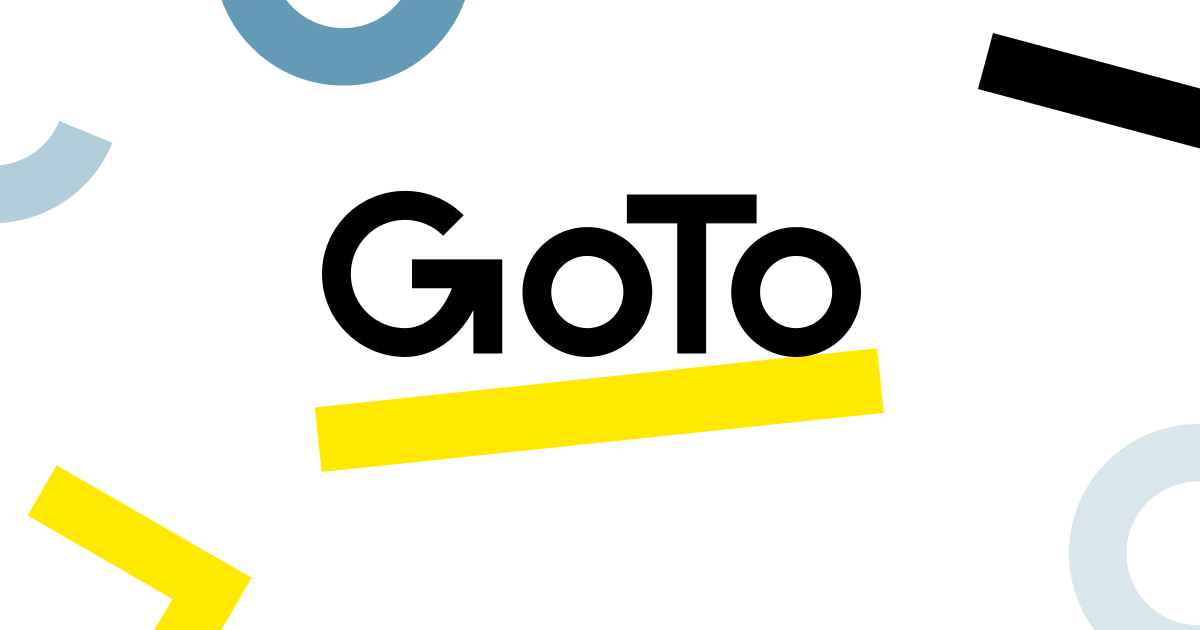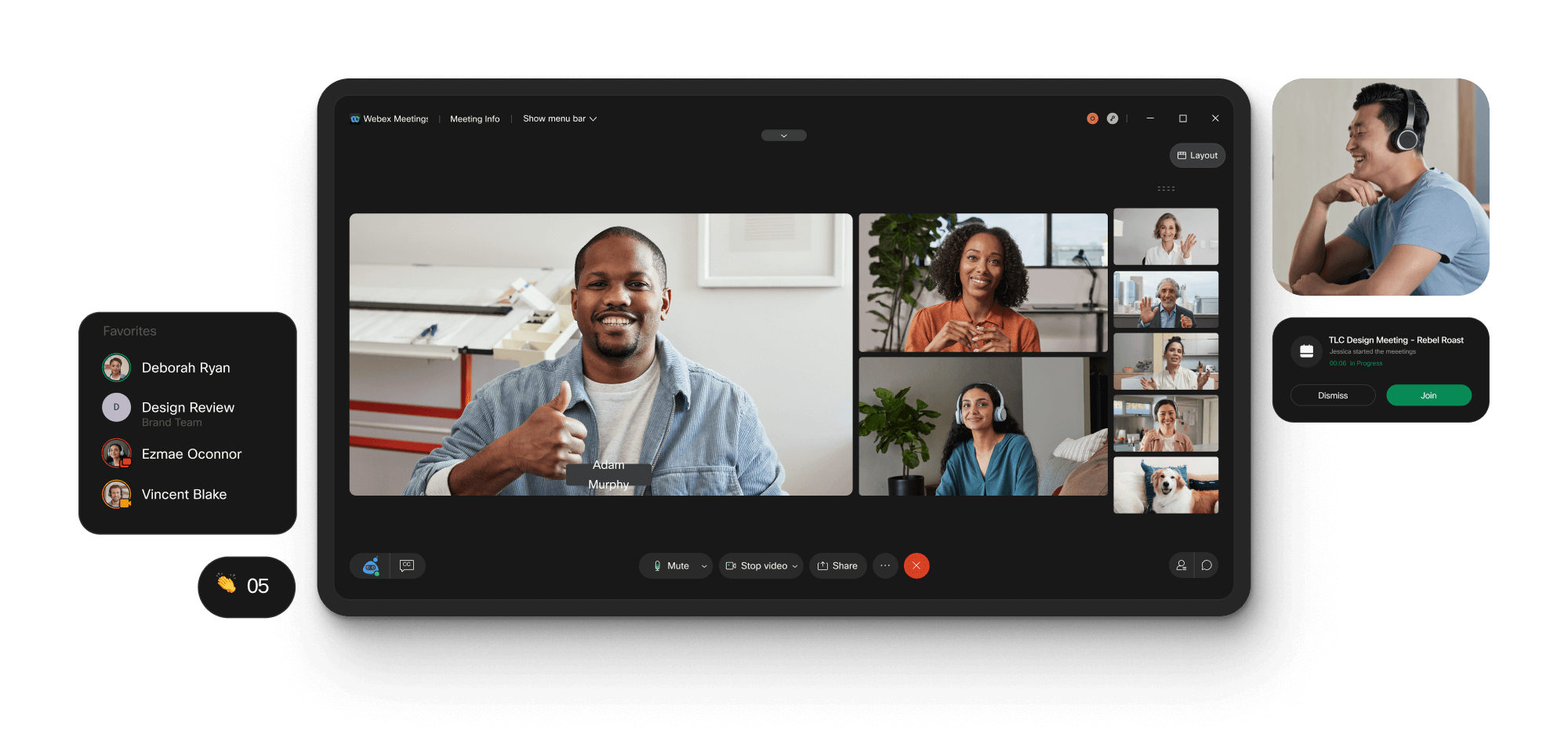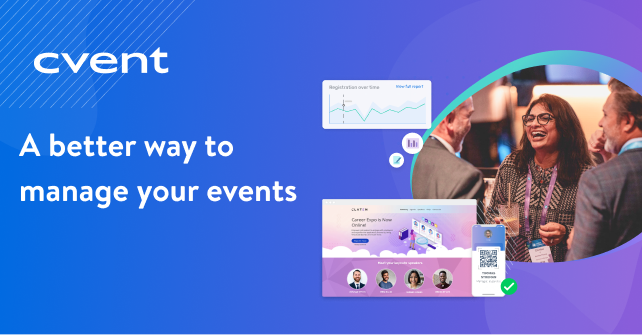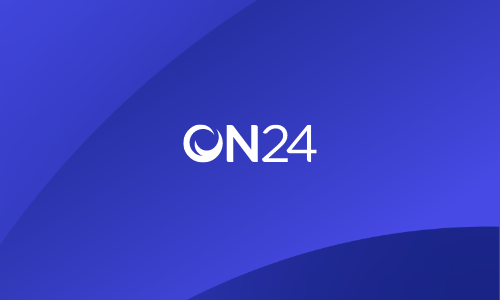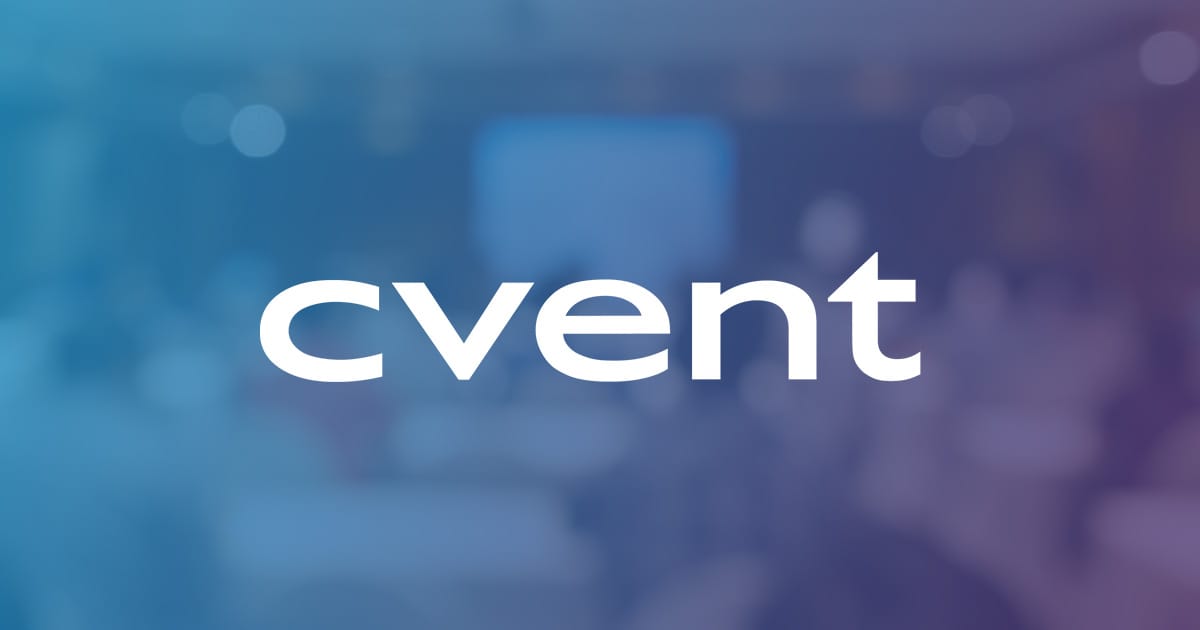Introduction
As organizations continue embracing flexible and digital-first experiences, virtual and hybrid events have become a mainstay in how companies engage with customers, employees, and partners. However, with so many options on the market, it can be difficult to choose the right event platform. In this blog post, we evaluate 15 of the top platforms based on key criteria to help you select the one best suited for your unique event needs and goals in 2023.
Methods of Evaluation
To evaluate and rank the top 15 hybrid and virtual event platforms, we assessed each solution based on features, pricing, ease of use, types of events supported, and analytics capabilities. Some key factors included the robustness of video/audio conferencing and engagement tools, options for interactive elements like Q&A and polling, support for large audiences, customization abilities, and the depth and accessibility of reporting metrics. Additionally, we considered each platform’s traffic and inbound links as an indicator of popularity and credibility based on third-party user reviews. By leveraging both conventional qualitative assessment and quantitative internet signals, we aim to provide the most well-rounded recommendations.
1. Facebook Live
Facebook Live is a live video streaming platform from social media giant Facebook. It allows users to broadcast live video content on their profiles or Facebook pages that can be viewed and engaged with by their followers in real-time. Facebook Live was first launched in 2016 as a way for users to host live casual broadcasts for friends and followers.
Pros: Some key advantages of using Facebook Live include:
– Leverage existing Facebook accounts and pages that may have large followings already built up.
– Wide reach to your existing Facebook audience with no additional marketing required.
– Intuitive and easy to use live streaming interface directly within the core Facebook platform.
– Ability to host a variety of live content from casual Q&As to full productions.
– Live videos can be watched on desktop, mobile web or Facebook’s mobile apps.
Cons: One potential disadvantage of Facebook Live is lack of advanced live production features compared to other dedicated live streaming platforms. Basic features like overlays, lower thirds, scheduling or replays require additional third party tools or planning.
Pricing: Facebook Live is free to use for all personal and business Facebook accounts. There are no additional fees or costs to broadcast live video content through Facebook Live.
Some key stats about Facebook Live include:
– Over 2 billion monthly active Facebook users provides a huge potential audience reach.
– 20 billion live broadcasts on Facebook Live per month.
– Average viewer watches Facebook Live videos for over 10 minutes.
– Top broadcasters can reach audiences of hundreds of thousands of concurrent viewers.
2. Vimeo Livestream
Vimeo Livestream is an all-in-one interactive video platform provided by Vimeo. It allows users to host, stream, and monetize live events directly from their websites or mobile apps. Some key features include live broadcasting, scheduling, moderated Q&As, and customizable player branding.
Pros: Some key advantages of Vimeo Livestream include:
– Easy-to-use interface for creating, managing and monetizing live video broadcasts
– Robust streaming capabilities to support high-quality video up to 1080p
– Integrates directly with top video platforms like YouTube for expanded reach
– Support for moderated Q&As, polls and other engaging features
Cons: One potential disadvantage is that the free tier has limitations on features and audience size compared to the paid tiers.
Pricing: Vimeo Livestream offers several pricing tiers:
– Free: Up to 100 concurrent viewers, 1 live stream
– Plus: $50/mo, up to 500 concurrent viewers, unlimited live streams
– Pro: $75/mo, up to 1,000 concurrent viewers, HD live streaming, etc.
– Business: Custom pricing for enterprise features
Some key stats about Vimeo Livestream include:
– Hosted over 150,000 live streams in 2021
– Reaches over 300 million monthly active users
– Integrates seamlessly with major platforms like YouTube and Facebook
3. Adobe Connect
Adobe Connect is a web conferencing and virtual classroom platform from Adobe. It allows users to host online meetings, webinars, virtual trainings and larger hybrid and virtual events. With over 20 years of experience in the collaboration space, Adobe Connect offers a robust set of features for interactive online engagements.
Pros: Some key advantages of Adobe Connect include: Robust web conferencing platform with reliable streaming; Powerful for interactive online trainings with built-in learning features; Supports large virtual and hybrid events with high attendee limits; seamless experience across devices with responsive design; Strong brand recognition and trust as an Adobe product.
Cons: A potential disadvantage is the pricing, as Adobe Connect subscription plans can be more expensive compared to other virtual event platform options. The learning curve may also be slightly steeper compared to simpler tools as it offers more advanced features.
Pricing: Adobe Connect pricing starts at $50 per month for the Individual Plan which supports up to 50 attendees. For larger requirements, the Team Plan is $80 per month for up to 250 attendees and the Enterprise Plan provides unlimited attendees for $150 per hosted room per month.
Some key stats about Adobe Connect include: It can support events with up to 50,000 attendees; Real-time collaboration tools like chat, polls, Q&A and screen sharing; Built-in features for training and learning like quizzes, certificates and tracking; Mobile apps available for iOS and Android; Integrates with other Adobe solutions like Experience Manager, Creative Cloud and Marketing Cloud.
4. Zoom
Zoom is a video-first unified communications platform. Originally a video conferencing software application, Zoom has expanded to provide team messaging, voice calling, meetings, chat, whiteboard, and events functionality in a single easy-to-use platform. Over the past few years, Zoom has become one of the most popular and well-known brands for video communication.
Pros: Some of the key advantages of Zoom as a hybrid event platform include: – Full-featured platform for large virtual and hybrid events including webinars, conferences and more. – Ability to host events with thousands of concurrent attendees. – HD video and audio quality for sessions. – Engaging features like Q&A, polls, surveys to interact with attendees. – Cloud recording of sessions and automatic transcripts. – Integrations with other tools and platforms.
Cons: While very full-featured, some potential disadvantages of Zoom include: – Paid pricing tiers required for large events and advanced features. – Some organizations prefer alternative platforms for privacy and security reasons. – User interface optimized more for meetings than hybrid event management.
Pricing: Zoom offers a range of paid pricing plans for meetings and events. Basic plans start from around $15/month but hybrid event capabilities require business or enterprise plans starting at around $20/host/month. Custom event packages are also available for large conferences and webinars.
Some key stats about Zoom include: – More than 300 million daily meeting participants globally. – Supported in over 80 languages. – Integrates with over 300 other applications like Google Workspace, Microsoft Teams, Salesforce, Dropbox etc. – Secure AES 256-bit GCM encryption of video and content during meetings.
5. Discord
Discord is a proprietary freeware voice-over-internet protocol application originally developed for gamers. Launched in 2015, Discord allows users to communicate through voice calls, video calls, text messaging, media and files in private chats or as part of communities called ‘servers’. While originally developed for gamers, Discord has become popular for online communities and casual events due to its features and free basic plan.
Pros: Some key advantages of Discord include: Primarily for gamers but works well for casual events, Free basic plan for individuals, Easy to share content via voice, text and video
Cons: The free basic plan has some usage limitations such as removing the ability to stream video or screen share for more than 50 users. For larger events, an upgraded Nitro or Team plan would be required.
Pricing: Discord offers both free and paid plans. The free basic plan provides essential features. Upgraded Nitro plans starting at $4.99/month provide additional features like higher quality screen sharing, animated avatar images, extra server boosts and more.
As of 2022, Discord reports having over 150 million active monthly users. The application is available on Windows, macOS, Android, iOS, Linux, and web browsers.
6. GoToWebinar
GoToWebinar is a webinar and virtual event platform from LogMeIn that helps organizations host engaging online experiences. Founded in 2005, GoToWebinar has been a pioneer in the web conferencing space and currently powers thousands of webinars and online events each day from their easy to use platform.
Pros: Some key advantages of GoToWebinar include:
– Robust webinar and online event hosting tools
– Good training and engagement analytics
– Can handle thousands of attendees
– Intuitive dashboard and controls for presenters
Cons: One potential disadvantage is that GoToWebinar is more tailored towards larger webinars and events rather than small interactive online sessions.
Pricing: GoToWebinar offers several paid plans starting at $99 per month for up to 500 attendees. Plans with additional features and higher attendee limits are also available up to enterprise levels. They also offer a free trial to test out the platform.
Some key stats about GoToWebinar include:
– Used by over 15 million professionals worldwide
– Can support webinars and events with thousands of attendees
– Over 100 integrated features to help engage audiences
– Comes with full training, support, and analytics
7. Cisco Webex
Cisco Webex is a leading video conferencing, online meetings and team collaboration platform. With over 27 years of experience, Webex provides high quality video and audio capabilities for hybrid meetings and events.
Pros: Some key advantages of Webex include:
– Excellent video quality for seamless hybrid experiences
– Wide range of customizable meeting, webinar and event options
– Integrates smoothly with many popular business applications
Cons: The main disadvantage is that Webex has a higher price point compared to some competitors which may not suit smaller businesses and teams.
Pricing: Webex offers flexible pricing plans starting from free individual accounts up to enterprise packages priced according to user numbers and required features. Paid plans begin at around $13 per host/month for essentials and go up to $25+ per user/month for premium all-inclusive options.
Some key stats about Cisco Webex include:
– Over 720 million users globally
– More than 130 billion meeting minutes per year
– Integrations with 1000+ apps including Microsoft Teams, Google Meet and Zoom
– Secure, reliable platform trusted by top enterprises worldwide
8. Cvent
Cvent is a leading enterprise event management platform with over 4,000 employees worldwide. Founded in 1999, Cvent provides software solutions that help event professionals plan, market, and manage both online and in-person events. Their full-service event management platform is relied on by over 85,000 customers in more than 200 countries.
Pros: Some key advantages of the Cvent platform include:
– Trusted brand with over 20 years of event experience
– Comprehensive suite of tools to plan, market, and manage all aspects of an event from a single platform
– Large database of 230,000+ venues and 500,000+ hotels to help find and secure event spaces
– Robust online event and webinar capabilities to support both virtual and hybrid event formats
Cons: One potential disadvantage is that as a full-service event management platform, Cvent can be more expensive compared to best-of-breed or single tool competitors. The comprehensive features also mean a more complex overall solution that may have a steeper learning curve for some users.
Pricing: Cvent pricing varies based on features, but their most popular tiers include Standard (starts at $99/user/month), Premier (starts at $149/user/month), and Enterprise (custom quote). All tiers include core event planning tools, but higher tiers provide additional features like advanced registration, lead retrieval, and premium support.
Some key stats about Cvent include:
– More than 4,000 employees globally
– Over 85,000 customers worldwide
– Events managed in more than 200 countries
– Online event platform supports both virtual and hybrid events
– Database of over 230,000 global venues and 500,000 hotels
9. On24
On24 is a leading webinar and virtual event platform that helps companies drive engagement, generate first-party data, and deliver revenue growth. Founded in 1998, On24 has been pioneering the virtual event space for over 20 years with its full-featured and customizable platform.
Pros: Some key advantages of On24 include:
– Made for complex virtual events with advanced registration, matchmaking, and virtual expo hall capabilities
– Offers virtual expo hall to emulate in-person tradeshow experiences
– Provides detailed engagement metrics to track what content attendees interact with most
Cons: One potential disadvantage is that On24’s full suite of features may be overkill for simpler one-off webinars or virtual events with basic needs. The platform is really geared towards more robust ongoing virtual programs.
Pricing: On24 offers different pricing tiers depending on features needed. Basic pricing starts at $99 per host per month for up to 500 attendees. Custom pricing is available for advanced configs or enterprise-level needs.
Some key stats about On24 include:
– Hosted over 1 million events for over 10,000 customers globally
– Delivers over 2.5 billion marketing impressions annually
– Average ROI of $7.80 for every $1 spent on On24 events
10. GoToWebinar
GoToWebinar is a leading online event and webinar platform owned by LogMeIn. Founded in 2005, GoToWebinar allows organizers to host live and on-demand webinars, online presentations, and other virtual events. With over 500,000 hosts monthly, it is one of the most popular and full-featured webinar platforms on the market.
Pros: Some key advantages of GoToWebinar include:
– Powerful and full-featured webinar platform
– Easy to use interactive elements and engagement tools like polls, Q&A, and surveys
– Robust dashboard and analytics for organizers to track registration, attendance, and engagement
– Intuitive registration pages and customizable confirmation/reminder emails
Cons: One potential disadvantage is the pricing, as GoToWebinar plans start at $99 per month which may be more expensive than some other options for smaller events or those with tighter budgets.
Pricing: GoToWebinar offers several paid plans including Standard, Pro, and Corporate options. Pricing starts at $99 per month for up to 500 attendees on the Standard plan. The Pro plan is $249 per month for up to 1,000 attendees. Custom enterprise plans are also available for large organizations.
Some key stats about GoToWebinar include:
– Hosts over 15 million attendees monthly
– Available in over 25 languages
– Integrates with many CRM and marketing platforms like HubSpot, Mailchimp, and Salesforce
– Hosts can live stream to social platforms like Facebook Live and YouTube
11. Vidyard
Vidyard is an all-in-one video platform for businesses to create, share and analyze videos. Founded in 2011 and headquartered in Kitchener, Canada, Vidyard now serves over 2600 customers worldwide including such brands as Coca-Cola, Volkswagen, Citibank and IBM.
Pros: Some key advantages of Vidyard include:
– Built for video sharing: Easy to create and share videos across channels like email, websites and social media
– Advanced analytics: Insights into viewership, engagement and video performance
– Branded hosting experience: Videos hosted on Vidyard’s domain allowing for custom branding
Cons: One potential disadvantage is that the platform is geared more towards businesses and may not have all the features needed for extremely large scale consumer use.
Pricing: Vidyard offers three pricing tiers – Basic, Pro and Enterprise. Pricing starts from $65 per month for the Basic plan for up to 5 users.
Some key stats about Vidyard include:
– Processes over 1 billion video views per year
– Has a viewership of over 250 million minutes per month watched
– Hosts over 3 million branded videos
12. Hopin
Hopin is one of the leading hybrid and digital event platforms for both online and in-person events. Founded in 2020, Hopin has quickly grown and now hosts millions of participants monthly on its platform. Hopin aims to be the all-in-one platform for events, community building, and online experiences.
Pros: Some of the main advantages of Hopin include:
– One of the most comprehensive and feature-rich platforms for both online and hybrid events
– Excellent support and guidance available from their dedicated client success teams
– Integrates well with multiple third-party tools and platforms like Zoom, YouTube, and more
Cons: A potential disadvantage is that as a relatively new platform, it may not have as extensive customization options or integrations as some more established competitors yet.
Pricing: Hopin offers flexible pricing plans tailored for events of all sizes. Pricing starts from free accounts for up to 50 attendees, to dedicated packages for large enterprises with unlimited attendees and events.
Some key stats about Hopin include:
– Hosts over 5,000 events per month
– Has hosted over 30 million attendees globally
– Valued at over $5 billion after recent funding rounds
– Claims to have one of the lowestcarbon footprints of any virtual events platform
13. ClickMeeting
ClickMeeting is a leading hybrid event platform that allows users to host online conferences, webinars, and meetings. Founded in 2011 and headquartered in Kraków, Poland, ClickMeeting provides a full-featured webinar software without any installation required. It offers powerful tools to create and deliver interactive online events.
Pros: Some key advantages of ClickMeeting include:
– Powerful webinar tools for online presentations, polls & quizzes
– Interactive whiteboard for real-time collaboration
– Customizable event pages to promote and track registration
Cons: One potential disadvantage is the pricing, which is on the higher side compared to some other players in the space.
Pricing: ClickMeeting offers three pricing tiers – Basic at $49/month, Pro at $79/month and Business at $149/month. The pricing increases for premium features like registration modules, branded domains etc.
Some key stats about ClickMeeting include:
– Hosted over 5 million online events
– Supports over 40,000 active users every month
– Available in over 20 languages
14. Crowdcast
Crowdcast is a leading hybrid event platform that allows users to host engaging online and in-person events. Founded in 2015, Crowdcast enables event organizers, marketers, educators and others to create memorable interactive experiences for their attendees.
Pros: Some key advantages of Crowdcast include:
– Built for presentations with features like Q&A, polls and chat
– Robust engagement tools to foster interaction
– Easy video uploads and embedding from YouTube, Vimeo and other platforms
Cons: One potential disadvantage is that the free plan only allows for up to 100 attendees, so it may not be suitable for very large events.
Pricing: Crowdcast offers three paid plans in addition to a free plan. Pricing starts at $49/month for the Standard plan that supports up to 500 attendees. The Team plan is $99/month and supports up to 1,000 attendees. For unlimited attendees the Enterprise plan starts at $249/month.
Some key stats about Crowdcast include:
– Over 10,000 events hosted per month
– Supported in over 190 countries worldwide
– Secure platform trusted by enterprises like IBM, Microsoft and Toyota
15. RegOnline
RegOnline is a leading event management software created by yourMarketing Inc, which has been helping organizations manage their events and registrations since 1998. Used by thousands of associations, colleges, non-profits and more, RegOnline helps users plan, promote and manage every aspect of their events from start to finish.
Pros: Some key advantages of RegOnline include:
– Easy to use and navigate interface for both organizers and attendees
– Robust registration management tools including forms, payments, check-in etc.
– Wide range of customization options for events, registration pages, emails etc.
– Integrations with payment gateways like PayPal, Stripe etc. for seamless transactions
– Mobile responsive design for registration on the go
Cons: A potential disadvantage is the pricing which starts from $99 per month for the basic plan. This may not suit very small scale organizers with low budgets.
Pricing: RegOnline offers flexible pricing plans starting from $99 per month for the basic Star package ideal for small events upto 200 attendees. For larger events it offers the Premium package for $249 per month supporting 500 attendees and the Enterprise package for $499 per month with no limit on attendees.
Some key stats about RegOnline include:
– Over 25 years of experience in event management software
– Used by over 15,000 organizations worldwide
– Supports events of all sizes from small conferences to expos with tens of thousands of attendees
– Facilitates over 10 million registrations processed per year
Conclusion
With so many excellent options on the market, choosing the right hybrid or virtual event platform can feel overwhelming. However, by focusing on your specific event goals and audience needs, and carefully evaluating platforms based on features, pricing structure, support requirements, and internet popularity signals, you can narrow down the field to one or two frontrunners. With the top 15 platforms analyzed through both conventional qualitative and modern quantitative methods, we hope this blog post provides useful guidance in selecting the solution that will power your most successful digital and hybrid experiences in 2023.








